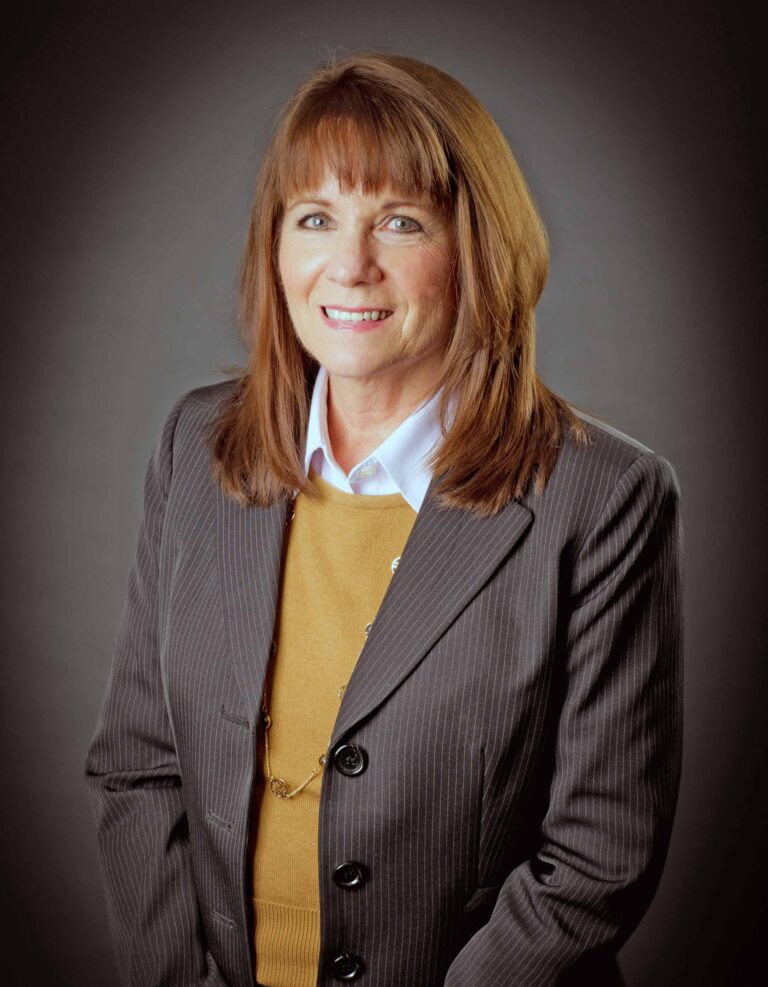By Jessica R. Key
Glossophobia or speech anxiety tops the lists of things many people fear most. According to the Mayo Clinic, fear of public speaking can range from slight nervousness to paralyzing fear and panic. Though numerous professions require public speaking to small and/or large groups, messengers of information experience unease when talking to a group.
Experts understand those feelings. “You feel so vulnerable up there. You’re the only one speaking, people are watching you and you’re not really sure they’re receiving you or if you are conveying the message properly. You just want everyone to understand what you’re trying to say,” said Rita Barber, immediate past district governor for District 4 of Toastmasters International; and a career and presentation strategist for All Phase Technologies.
Barber recalls her first speech and said she crossed her ankles and folded her arms because she didn’t want her audience to see how nervous she was. In time, she said she learned to be a master speech giver.
Barber is not an anomaly and said the fear of public speaking can be overcome with simple strategies. Read on for tips that will have you giving speeches like your favorite speaker in no time.
Do the ‘before work’
If you are well versed on the topic at hand, prior to taking the microphone, half of the battle has been won.
“You need to know it cold. There’s a difference between memorizing your content and knowing it. Memorizing it, you’ll go too fast, miss a lot of points – you’re too busy reading the monitor in your mind. Knowing your content means you let go of ‘it has to be said exactly this way’ because you realize people are not going to remember what you say, but about how they feel about what you had to say,” said Barber.
Less is more
Barber said in today’s technology-laden world, speakers oftentimes think they must have a high-tech, razzle-dazzle speech complete with a power-point presentation in order to keep the audience’s attention. This is far from the truth. Barber said the key to a great speech is to understand the key message you want the audience to know and use that to construct a great message. If one must use technology, don’t put on the slides what you plan to tell the audience. Tools like Power Point, Prezi and Haiku Deck are meant to underscore the speech, not give the speech for you. “Plus technology isn’t always fool proof,” she said.
When taking the podium remember…
“Whoever it is you are speaking to, they want to see you succeed. Nobody wants to watch you fail up there, if for no other reason than they don’t want their time wasted. Once you realize people are rooting for you, that takes a bit of the fear away,” said Barber.
Focus
Whether you’re speaking to a few people or thousands, you only speak to one person at a time. When you realize that, it begins to take the sting out of it. When talking, focus on one person at a time and look them in the eye.
Special delivery
How the presentation is delivered is also key to a good speech. Barber said once you are able to let go of the fear, tell your truth the way you see it. “We may not know what the person is talking about, but we know if the person is telling us the real deal. Speak your truth.” Speak clearly and keep a steady cadence to make sure audiences have time to absorb what you are conveying.
Work at it
Barber said if Serena Williams taught you everything she knew about tennis, but you did nothing with that knowledge, her teachings were in vain. The analogy applies to public speaking. Professionals must continuously work at public speaking to develop a sense of confidence. “Someone once told me, ‘you may always have butterflies when you do a speech, but the idea is, can you get those butterflies to fly in formation,’” said Barber, who also encourages people to join an organization like Toastmasters to further hone their public speaking skills.
















